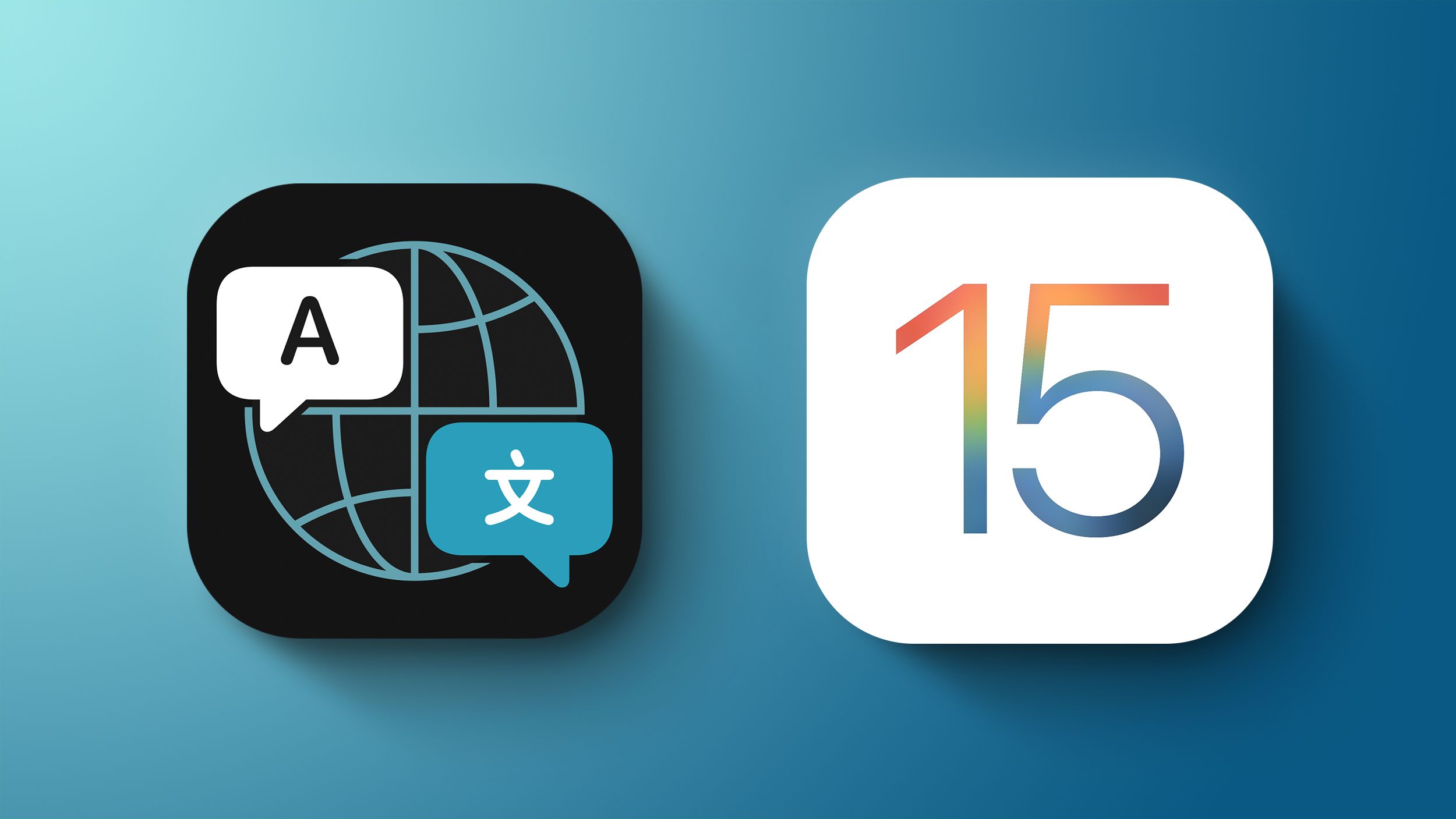

Tap on an image in your Photos library and swipe up to get to the information panel. We've covered Visual Look Up elsewhere in our iOS 15 previews - including how Visual Look Up compares to similar features in Google Lens - but here's how it works.
#Ios 15 photo to text software#
Photos is one of the handful of apps in iOS 15 that takes advantage of Visual Look Up, a new addition to Apple's iPhone software that uses artificial intelligence to recognize what's in the shot and tell you what you're looking at. Additional information includes the file size and whether the photo was shared with you or captured by a third-party app. The Map remains as does the caption feature, but you also get detailed information on the camera, lens and shutter speed used to capture the shot. The information's a lot more substantial in iOS 15 Photos.

The information screen for photos in iOS 14 (left) versus iOS 15 (right) (Image credit: Tom's Guide) (You can also opt to feature that person less if you so choose.) Tap the circular icon, and you'll have the ability to tag that photo with the person's name. That's a shortcut iOS 15 Photos adds for better identifying the names of people featured in your photos. When you swipe up in iOS 15 Photos to find out more information about that shot - where and when it was taken and with what device - you may notice a small circular icon in the lower corner of the photo featuring that person's face. Let's say there's an image of a person in your Photos library. Coupled with the Photos widget that I've placed on my home screen, I find myself sampling old photos during spare moments of the day, and getting a real kick out of photos I had forgotten I had even taken. In short, you could spend a lot of time tweaking memories if you were so inclined, but I find it just as rewarding to sample the auto-generated collections as is. There are commands for removing photos from a Memory, too. When the slideshow is paused, a scrollable strip of thumbnails appears toward the bottom of the screen, or you can tap the grid icon for a better view of what's included in the photo collection. You can tap the left side of the screen to go back to the last image or tap to the right to skip ahead. Transitions to new photos seem to be timed with the musical beats.Īpple also features interactive controls in Memories, beyond just tapping the screening to pause a slideshow.

Images of my daughter through the years get a wistful soundtrack, while photos taken at a football game feature peppier background music. In my experience, the music Apple picks generally fits the mood of the slideshow. Memories are now at the top of Photos' For You section, and when you tap that cover image, you'll launch an auto-generated slideshow, complete with transitions, wipes, and music that Apple's selected from its own library of tunes. The premise is the same in iOS 15 Photos, but the presentation is much different. You also had to access a specific Memory by tapping the cover image to see all the photos that Apple has assembled in that particular collection - whether it's based around a place, a date, a person or a specific trip. Go to the For You tab in iOS 14's Photos app, and Memories could get lost among Featured Photos and Sharing Suggestions. These collections of photos are now front and center, presented in a more engaging way. Easily the biggest change in iOS 15 Photos - and for my money, the most welcome - is how the app now handles Memories.


 0 kommentar(er)
0 kommentar(er)
